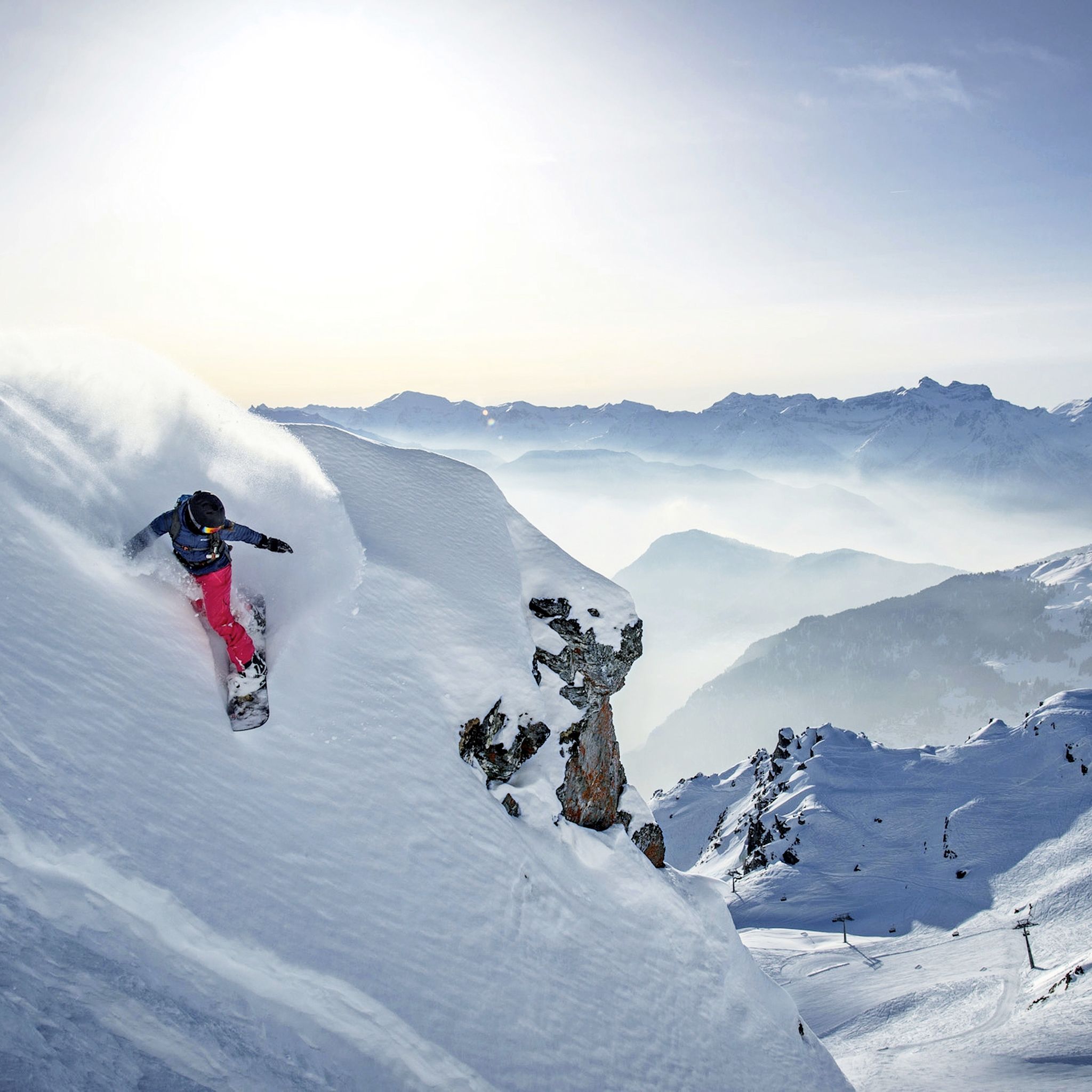Anenhütte Lötschental
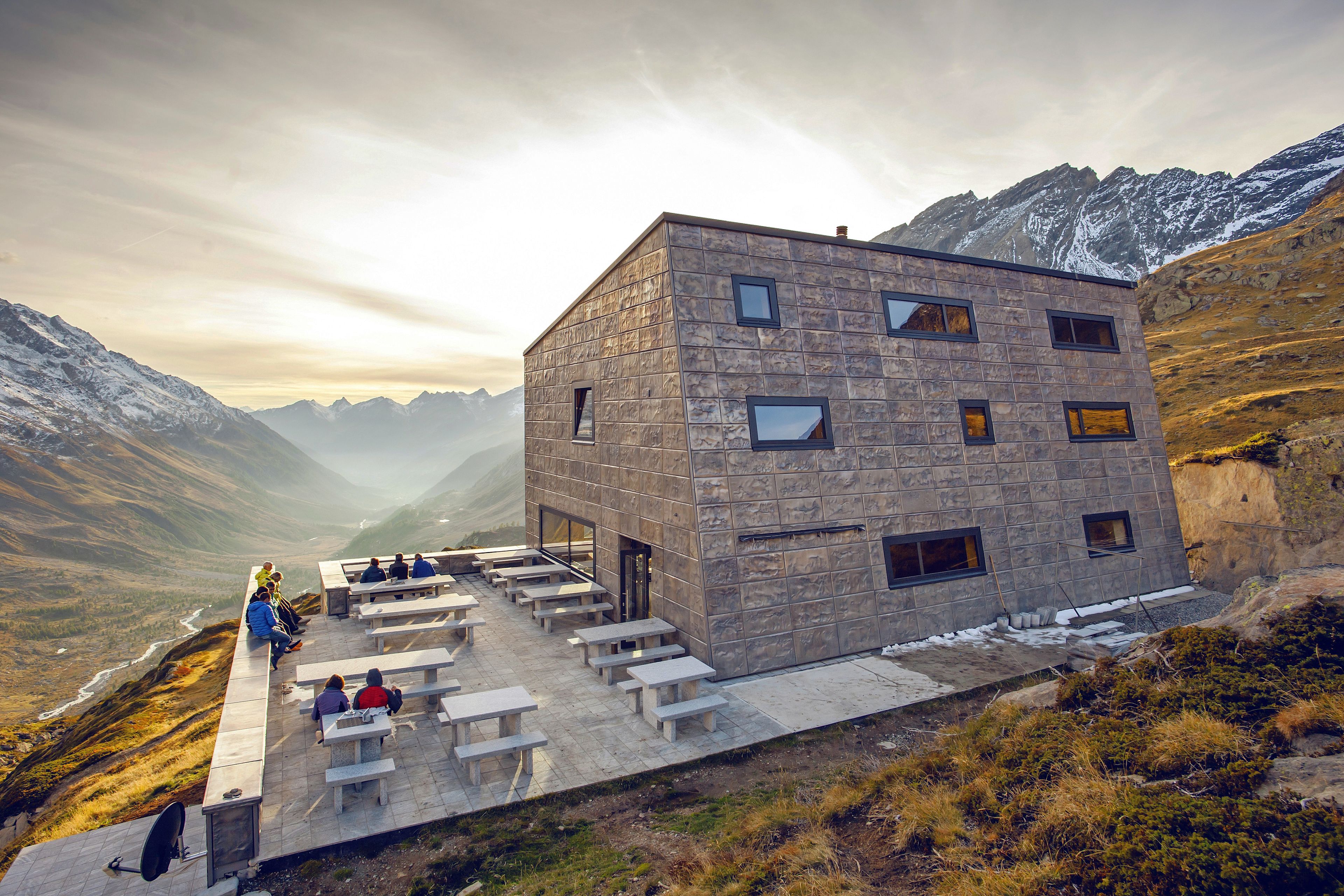
Hotel-style service at 2,358 metres
This little gem is situated at the far end of the Lötschental, at 2,358 metres above sea level. Fafleralp (1,766 metres) can be reached easily by car or post bus. Visitors then follow a well-marked trail that brings them to the Anenhütte in around two hours. If feeling intrepid, they can branch off towards the end and climb a fairly steep mountain path (taking three-and-a-half hours). The climb itself is an absolute pleasure. The path follows the course of the roaring Lonza river through the different vegetation zones of the Jungfrau-Aletsch region – an official UNESCO World Heritage site. After passing grazing sheep in the meadows and drawing close to the glacier, we see the Anenhütte towering above us on a grassy mound. Peter Tscherrig, 60, is the owner of this private mountain hut. He and his wife Prisca, 56, welcome the new arrivals and serve up a delicious hay soup and home-made sausage – a Valais recipe based on chamois and Herens beef – on the terrace. For dessert, the guests enjoy a delicious apple tiramisu while feasting their eyes on the magnificent panorama that takes in the entire Lötschental valley from Bietschhorn to the glacier and on to the Lötschenlücke pass.
The old hut was destroyed by an avalanche in March 2007. One-and-a-half years later, the new building designed by Peter Tscherrig, an engineer and mountain guide, stood tall and proud. The idea behind it is simple: ultra-modern design, clear lines and high-quality materials. For Tscherrig, a contemporary architectural style and infrastructure was the obvious choice. “We want to provide a mountain experience for people who wish to spend time in nature, discovering its beauty and beneficial effects, but without giving up any of the comforts of the modern world.” Each May, Peter Tscherrig gets the Anenhütte and surrounding area ready for the summer season with the aid of a dozen volunteers.
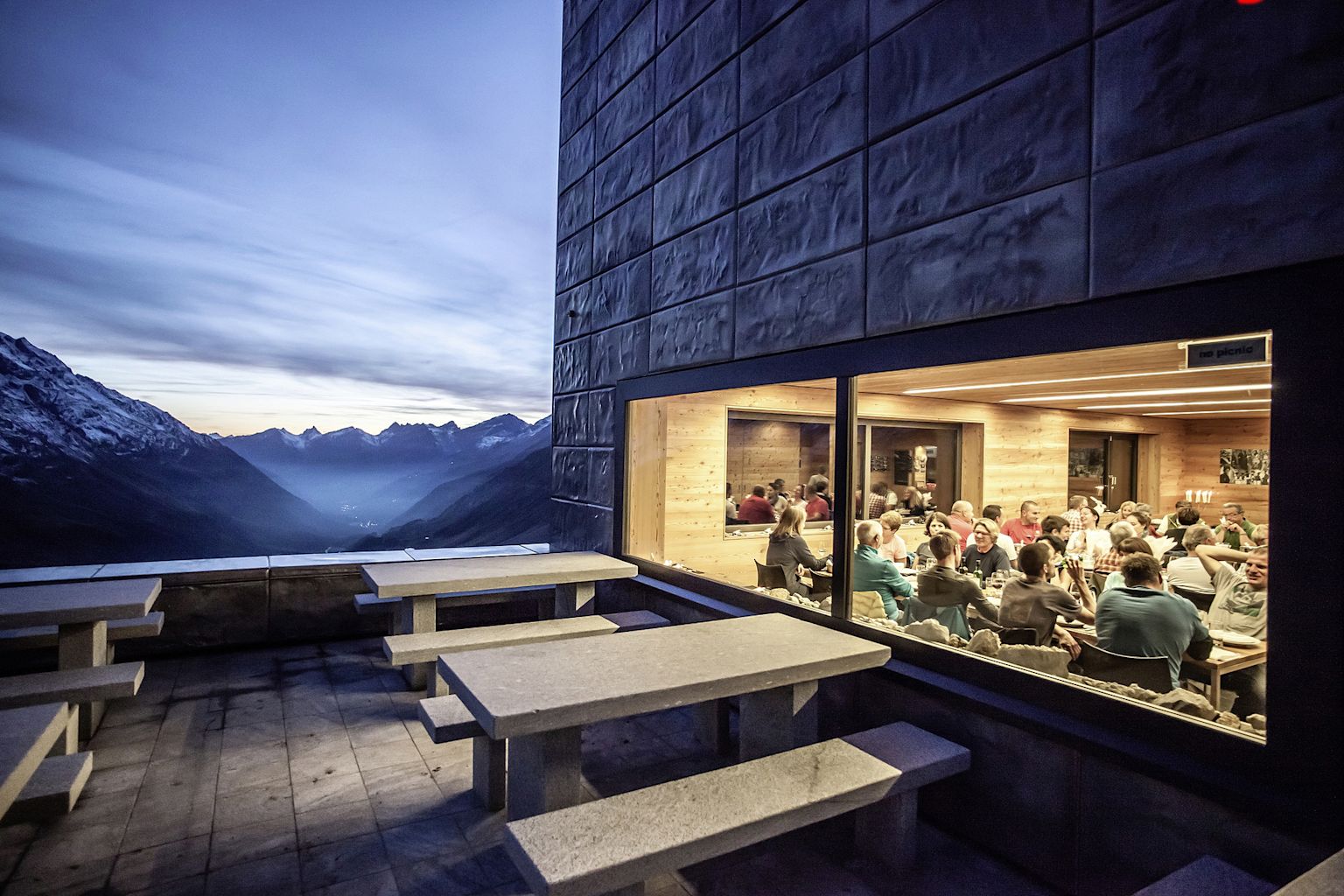
Our hut allows us to live fairly self-sufficiently and to cater to the needs of our clientele in a way that is as environmentally friendly as possible
A small hydroelectric plant supplies the power needed to produce hot water and run the washing machine and coffee machine. Unlike other high-altitude huts, water is not brought in by helicopter. Running water comes from the stream that flows from the glacier, while drinking water is sourced from a spring a few hundred metres above the hut and fed down through pipes. Nevertheless, the project attracted a great deal of criticism. “A number of obstacles arose during the planning phase,” remembers Peter Tscherrig. “At certain times, I felt completely and utterly disheartened. And yet we now have one of the most admired huts in the Alps and the local inhabitants are very proud of it.”
The hut receives hundreds of visitors a year, including large numbers of families. Most are hikers. Mountain climbers are rarer. The building can accommodate 50 people and boasts a wellness suite, a family suite (with its own shower and toilet) and three dormitories. The bed linen is changed daily. Newly-weds have spent their wedding night in the luxury suite and been presented with a bouquet of roses the next morning. A team of seven makes sure guests are well looked after: cleaning, making the beds and serving a four-course evening meal at long, shared tables – the kind of service you’d expect in a hotel, not in a mountain hut!
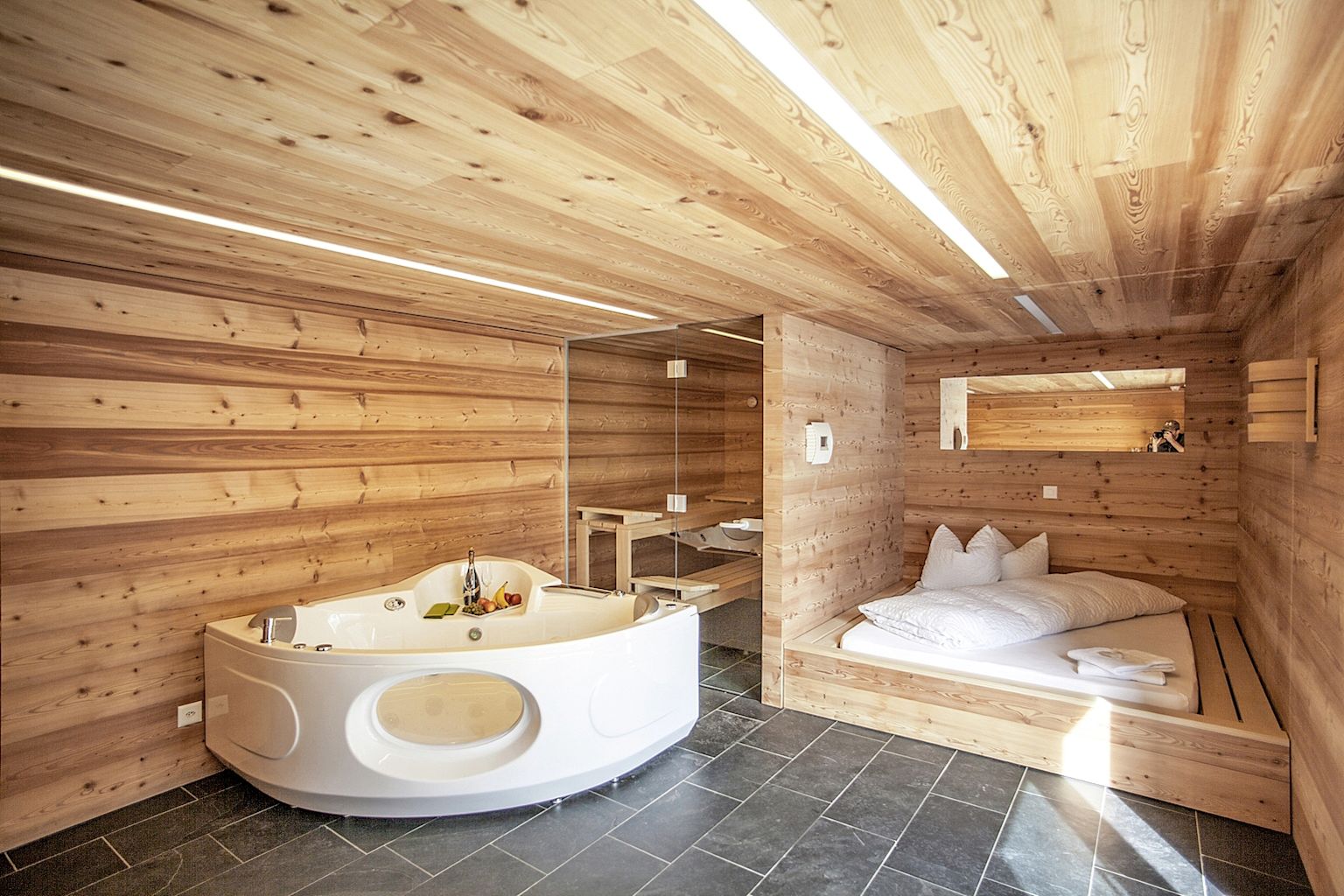
Before dessert, Peter Tscherrig regularly takes guests to a spot where the ibex like to congregate. It’s easier to watch them at nightfall. But exploring nature is also a major item on the agenda during the day, when families are able to tackle a steep rock face by fixed rope or climb at sites of varying degrees of difficulty. The small lake at Anensee is a great place for relaxing, while Thursdays are given over to mineralogy as guests go hunting for crystals. The summer season runs from 15 June to 15 October. “We already have quite a few weekend bookings.” Peter Tscherrig celebrates a ritual by joining his guests in an after-dinner toast over a bottle of génépi, a liqueur he makes himself using plants that flourish high up in the mountains, which he picks by hand just a stone’s throw away from the hut.
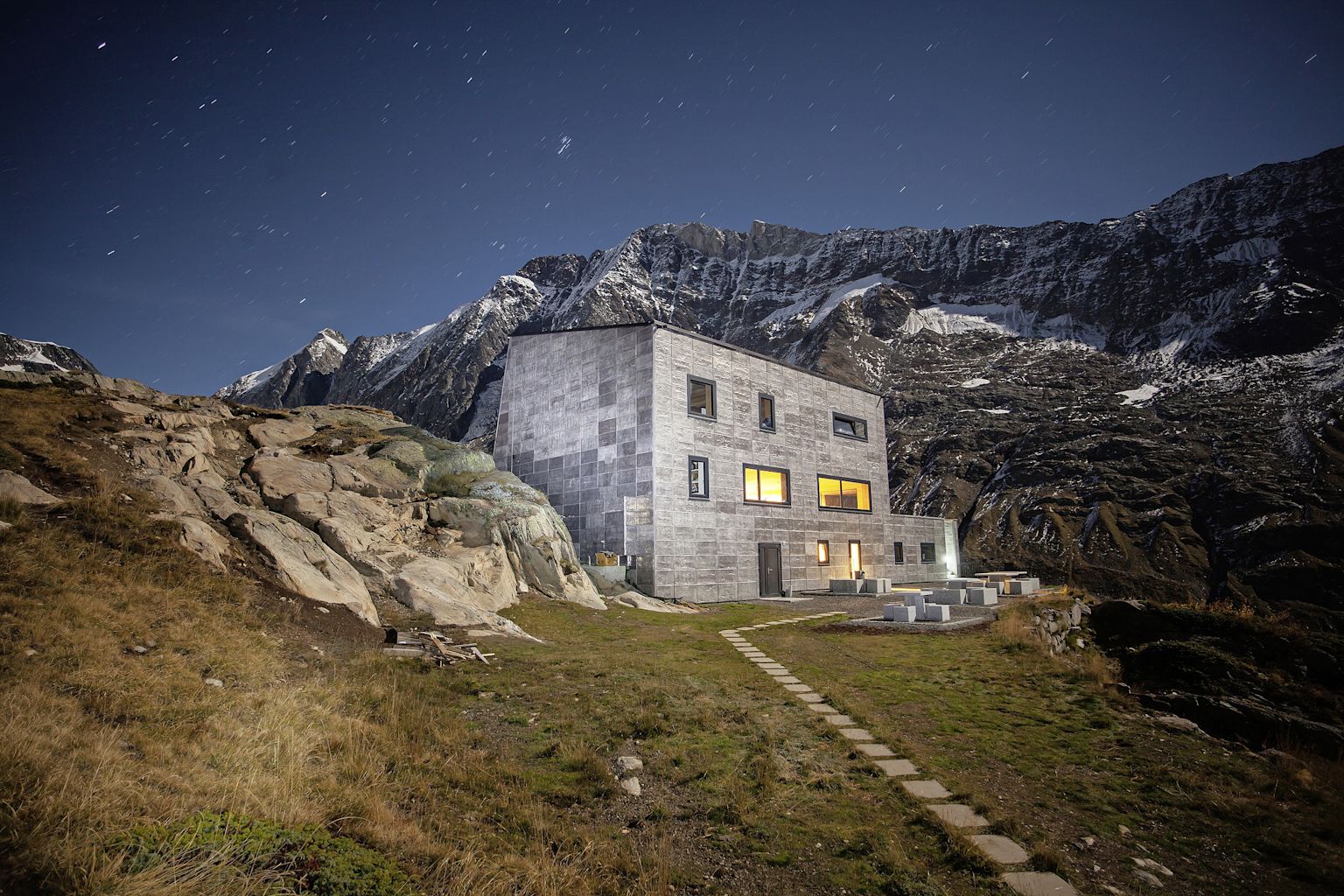
Text: Thomas Kutschera Photos: David Bumann
Géraldine Fasnacht, the "bird woman"
Next story
